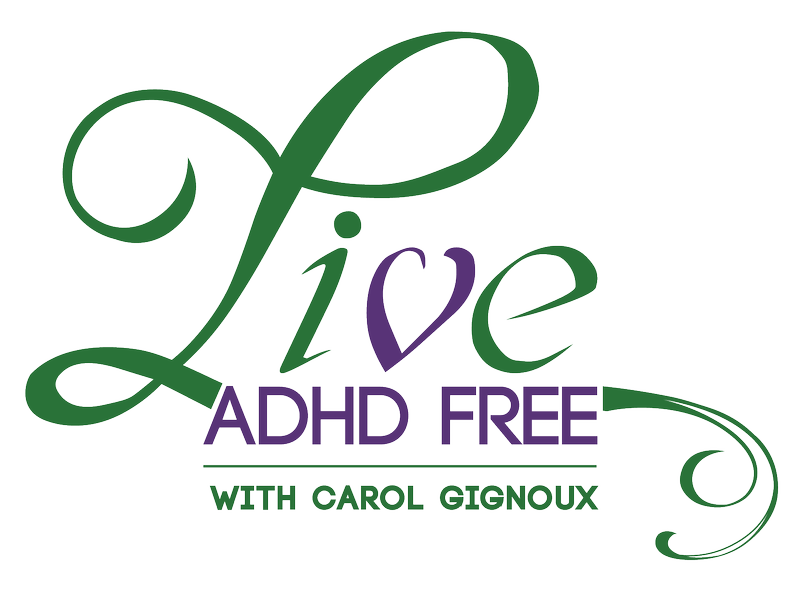After over 40 years of working with children, it’s sometimes good to look back and recall that ADHD wasn’t really a mainstream condition until about a decade ago. However, ADHD in children has been a growing phenomena for some time. Now that it’s in the country’s vernacular, parents are noticing that the symptoms are more serious than just having a child that won’t listen.
So, it’s no big surprise that ADHD in children is on the rise. A new study, published in August, found that ADHD diagnoses in children between the ages of 4 and 17 increased from 6.1% in 1997-1998 to 10.2% in 2015-2016.
Experts still see this as a dramatic change with about one in 10 children diagnosed as ADHD. This new research is supported by parental reports, but it’s in line with what the CDC found in 2016—6.1 million children between 2 and 17 are living with ADHD.
Is It Time to Sound the Alarm and Call It an Epidemic?
Some experts would say yes, that ADHD is at this level, however, it’s not like curing measles. The exact cause of ADHD isn’t known. What we do know is that it’s a behavioral and biological condition. The typical definition is that it’s a deficiency of certain neurotransmitters or chemicals in the brain.
The new study leans on the fact that ADHD is much better understood and carries less of a stigma, so more diagnoses are happening earlier. There has also been a considerable rise in black and Hispanic children with ADHD. This is also likely due to better information and treatment resources.
More Knowledge Isn’t the Only Reasons for Increases
While it’s safe to say that knowledge of ADHD has increased diagnoses, it’s not the only reason. Researchers have long suspected a variety of other factors ranging from chemical imbalances, brain changes or injuries, and actions mothers take while pregnant like smoking or drinking alcohol. Exposure to pesticides and nutritional deficiencies could also be risk factors.
ADHD in Children: What Do You Do Post-Diagnosis?
Once a pediatrician or psychologist has diagnosed your child, then it’s time to make a plan of action. These professionals may recommend medication. However, that’s only the start of giving your ADHD child the opportunity to grow and flourish.
You can do this by finding an ADHD coach that has years of experience working with children. By starting coaching early, they will form good habits and learn how to use their ADHD as an advantage, as ADHD brains are creative and full of ideas. Harnessing that power will build confidence in your child.
Learn more about ADHD coaching for kids today and learn why it could be the lifeline your ADHD child needs.


Pingback: Is there a Link Between ADHD and Dopamine | Live ADHD Free
Pingback: Research Shows Diagnosis of ADHD in Children Up | Live ADHD Free